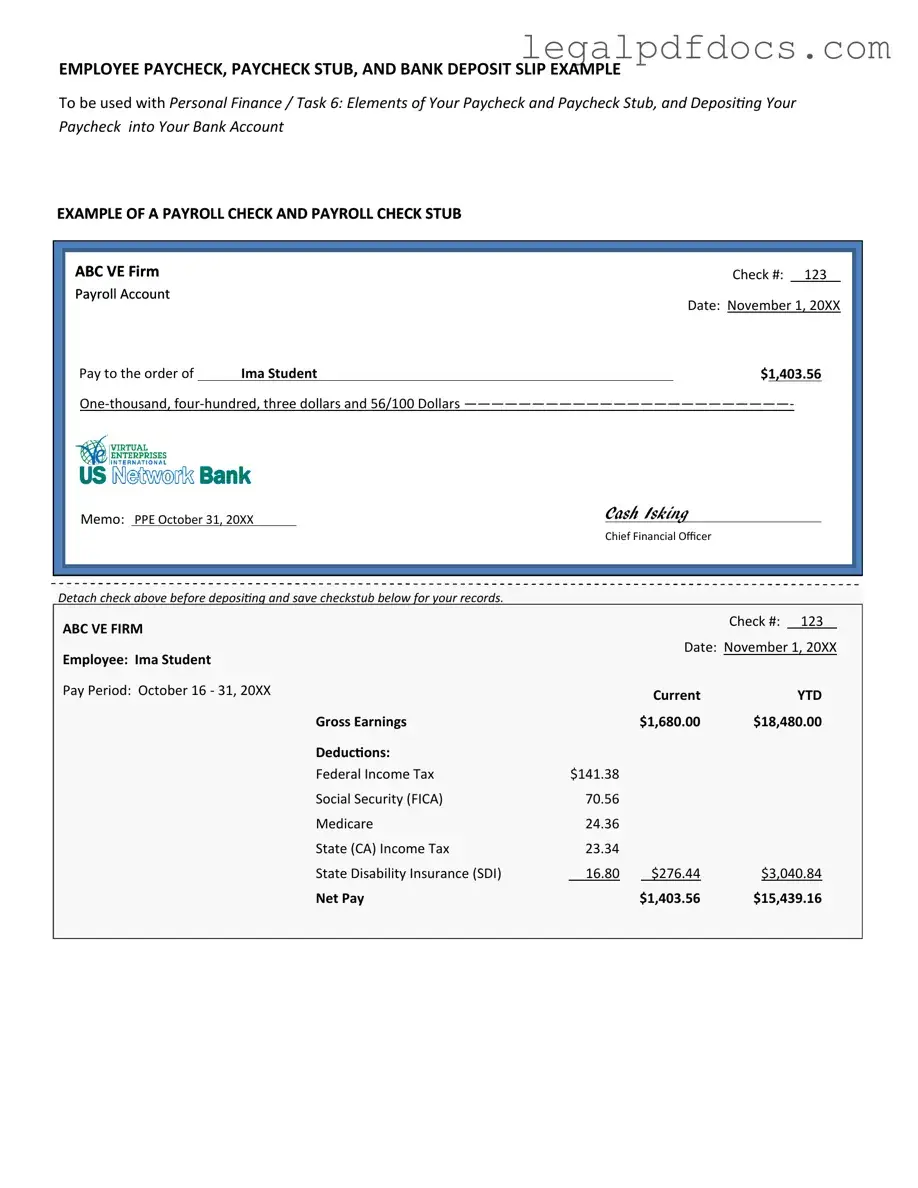Fill Out a Valid Payroll Check Template
The Payroll Check form is a document used by employers to issue payments to their employees for work performed. This form typically includes essential information such as the employee's name, pay period, and the amount due. Understanding how to accurately fill out this form is crucial for ensuring timely and correct compensation; start the process by clicking the button below.
Open Payroll Check Editor Here
